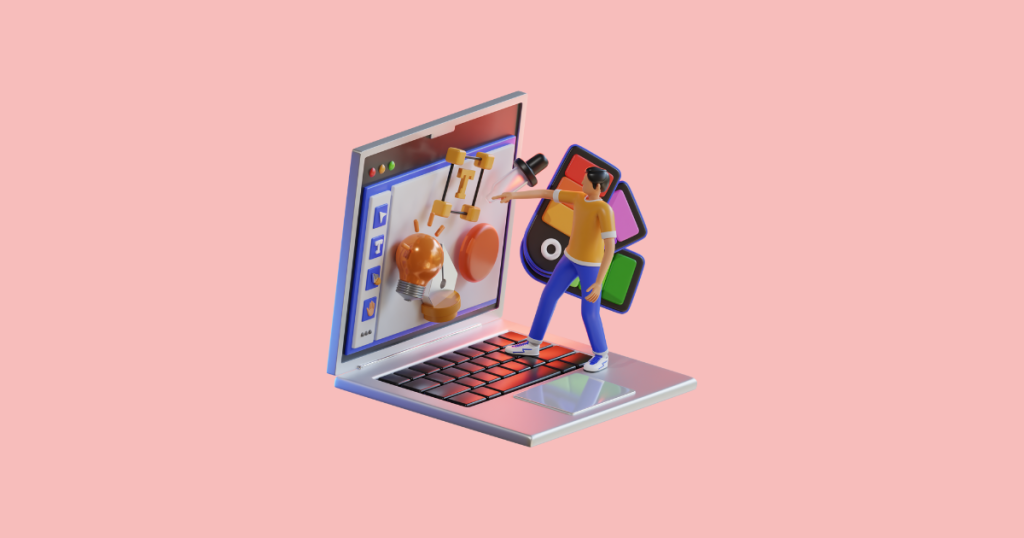How does a design sprint solve design challenges when teams face tight deadlines, unclear user needs, or endless rounds of feedback?
A DS is a structured, five-day process designed to help teams rapidly solve big challenges and test new ideas by moving from problem to tested solution in a single week.
In this article, we’ll explain how it brings clarity, speed, and user focus to even the most complex challenges.
1. Understand the Design Sprint Approach
Developed at GV (Google Ventures), the DS combines the best elements of business strategy, innovation, design thinking, and user research into a clear, step-by-step methodology.
It brings together a small, cross-functional team and guides them through a series of phases:
- Understanding the problem
- Defining the focus
- Ideating solutions
- Making decisions
- Prototyping
- Testing the real users
2. Aligning Teams Around a Common Goal
One of the most powerful aspects of a DS is its ability to bring diverse teams together and align them around a shared objective.
Participants from different backgrounds, such as product management, design, engineering, and business, collaborate to define the challenge and clarify the desired outcomes.
This collaborative kickoff ensures that everyone is on the same page regarding the problem to solve.
3. Turning Ideas into Action

One of the core strengths of DS is its ability to transform creative ideas into tangible solutions within just a few days.
After aligning on the challenge and generating a wide range of possible solutions, the team collaboratively selects the most promising concepts to move forward.
This decision-making process often involves sketching, storyboarding, and group discussions to ensure the best ideas rise to the top.
Once a direction is chosen, the team rapidly builds a realistic prototype.
4. Validating Solutions with Real User Feedback

After building a prototype, teams invite real users, ideally those who represent the target audience, to interact with the solution in realistic scenarios.
This user testing phase is designed to quickly uncover how well the prototype addresses user needs.
It identifies usability issues and validates key assumptions before any significant resources are committed to development.
During these sessions, users are observed as they navigate the prototype, often while being asked open-ended questions to encourage honest reactions and insights.
7. How does a Design Sprint Solve Design Challenges?
Key ways a DS addresses design challenges include:
- Deep User Understanding: The process begins with a dedicated phase for understanding users, ensuring the team is solving the right problem and gathering meaningful insights about user needs.
- Rapid Validation: By quickly moving from ideas to prototypes and testing them with real users, teams can validate assumptions early, separate good ideas from bad ones, and make informed decisions before investing significant resources.
- Fostering Innovation: DS encourages creative thinking by involving diverse perspectives and structured brainstorming, helping teams discover unique and innovative solutions that stand out in the market.
- Efficient Communication and Alignment: The sprint format brings all stakeholders together, improving communication and ensuring everyone is on the same page from the start.
- Resource Optimization: By compressing months of work into a single week, DS saves time and money, making it possible to test and refine ideas quickly.
Summary
Convinced yet of how a design sprint solves design challenges?
DS enables fast and informed decision-making.
The process’s core strength lies in validating solutions early through real user feedback, reducing risk, and saving valuable time and resources.
So, ready to turn your next big idea into a tested solution? Check out our blog.
Don’t just brainstorm; build, test, and move forward.



